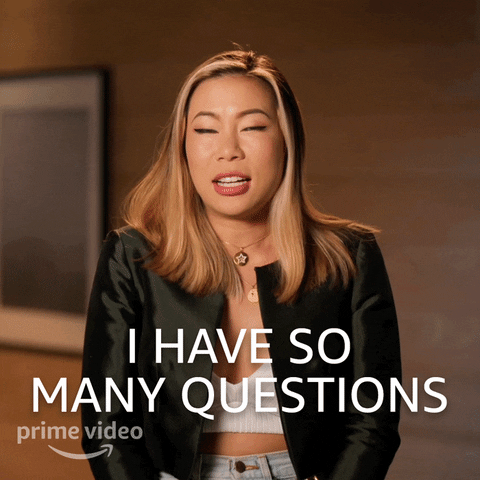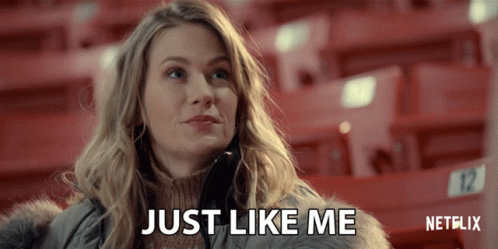🌐 5 tips for successful landing pages
How do you create good landing pages that not only look nice, but also help achieve marketing goals?
Hello 👋 My name is Florian Schleicher and this is the FutureStrategies newsletter from FutureS. I'm glad you're reading along 💚 If you want to learn strategic marketing, my Simple & Sustainable Marketing Academy is just right for you.
"Now people keep coming to my website, but they do nothing or too little there... What can I do?"
That's a question I get from my clients all the time.
So today I thought I'd share some tips and advice about landing pages and websites.
What makes them successful? How are they created? What do we need to pay attention to?
To that end, I'm sharing five tips for successful landing pages today.
🧬 The Who
🤝 First Handshake
❇️ CTA - Call to Action
🖼 Wireframes
👯 Social Proof
Let’s go.
🧬 The Who
As is often the case, it all starts with the target group. Who is our landing page aimed at?
It is crucial not only to understand who the target group is but also what keeps them busy:
People have problems and challenges to overcome in their everyday lives (work, leisure, family, etc.) - these often have nothing to do with our company. However, some issues are close to their hearts and on which we as a company can build.
So we have to combine the inside view as a company with this outside view of our target groups - the people out there - if we want to reach them successfully. So the most important step, also for landing pages, is to understand our target groups - Or in other words: to filter out insights. 🕵️
🤝 First Handshake
The first moments of a conversation are vital.
So too on a landing page.
How long does this first impression last?
The first impression is made in a tenth of a second.
A small offline example for the first impression - Abercrombie & Fitch has its own smell in their stores. It's the same principle - it's about aligning the experience with the strategy.
Landing pages have a crucial contribution to the success of campaigns like businesses, they convert visits into sales or interaction.
From great power comes great responsibility - all this in a single page.
We need to be concerned with making sure that all the time we put into a project brings the desired effect.
So what do we want to achieve? What do we want our target audience to feel, think, and do when they land on the page?
"What makes a good landing page?" - that depends on what our goal is:
If we want to convert visitors to customers, then we have to design our presence accordingly.
If we want to increase our community on Instagram, then that's the focus.
If we want to collect contacts and email addresses, then we will focus on other things.
Yes, clearly there can be multiple goals, but the more focused the one goal of our landing page is, the more likely we are to achieve it.
For those of you who still think you have multiple goals: Mapping more than one offer reduces conversion rates by up to 266% (!).
The number of words is also crucial - landing pages with less than 100 words convert 50% better than pages with 500 or more words.
From the very first screen, it must be clear what visitors get out of spending more time on the landing page.
Later, a short, simple list of the obvious questions can follow: What do users get out of the offers and content? How do they learn more about it? What sets us apart from other providers? What is our story?
🖼 Wireframes - Draw me like one of your… we
Once we have successfully established the initial strategy and direction, I like to work with rough wireframes.
We create a schematic flow of the page where individual elements such as videos, images, texts, and especially call-to-actions (CTAs) are placed.
In this way, a good picture of what the page must represent and be able to do is created before the design and programming.
It is important to always pay attention to the target group and goals so that we align our landing page correctly.
We want people to do exactly what the goal of the landing page is and stay there as long as possible or enter their data as quickly as possible.
This also means having as little navigation and links as possible, because...
“Whatever be our attention span, it is no secret that given multiple links at hand, we would love to hop around and explore, thus moving away from the subject.”
❇️ CTA - Call to Action
CTAs are mostly buttons that ask to take the action and are defined as the goal.
So CTAs are the best
Large & Animated - because eye-catching
Green - the more shades of green, the more likely they are to be clicked on
Specific - after all, target audiences want to know what they are doing
What do I mean by specific? A good example is this page from GoStudent:
A simple form design and a clear offer with the "free trial session" that is requested.
It is clear what target groups get when they sign up.
👯 Social Proof
We are social beings.
When we see that other people are already there and have something good to say about it, we find it easier to be there. Ideally, we recognize ourselves in them, and because we resemble each other, we trust them more.
If we create "social proof", i.e. bring proof that our solution is popular, then visitors will reach the target faster.
This can be customer testimonials quotes, case studies, embedded social media posts, or the number of downloads, users, etc.
A good example is Airbnb's hosting page, where potential hosts are directly connected with other successful hosts and learn how easy it is to work through testimonials from them.
🌰 In a nutshell
The best landing pages are geared to the needs and expectations of users.
They inform their visitors but do not overwhelm them with information or unexpected or unnecessary graphic elements.
They have only one conversion goal and achieve it by making the user's decision to convert as attractive as possible.
And they work with social proofs that give the assurance "Other people who are like I use this too!".
A landing page is basically the same as when we open our "front door to guests - we want to welcome them and make it easy for them to enter our space.
Thanks for reading along and see you next week,
Want to read more?
🏁 5 steps for successful start-up marketing - What makes a start-up successful? A guide with practical examples.
🤑 Greenwashing in marketing - What it is, why it's bad, and which brands are "greenwashing."
👓 VR - The Future of Reality? - Interview with two leading VR/AR experts from vrisch: 5 questions on the state of virtual reality, how it can be used for marketing of brands and the future.
PS: You can also read this posting in German.









